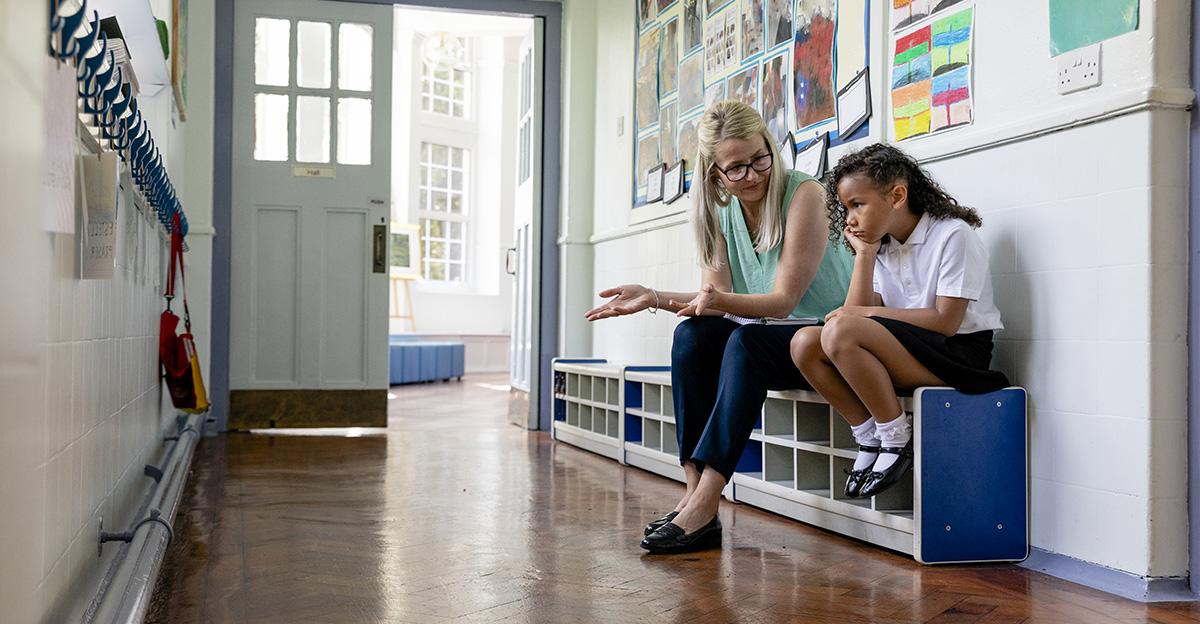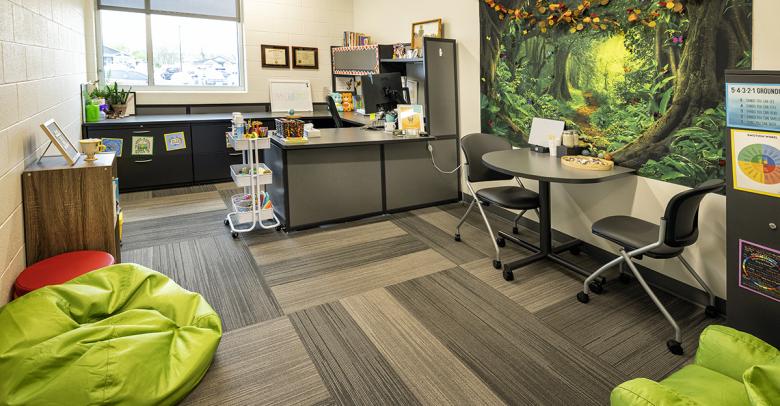While bullying is now widely discussed and researched, it’s far from new. Broadly defined as “one who is habitually cruel, insulting, or threatening to others who are weaker, smaller, or in some way vulnerable,” it’s a concern that impacts entire communities. It’s also not limited to the classroom or even those of student age. But here at the Schoolyard, we focus on those foundational school years where a safe classroom environment can nurture compassion, love, and kindness.
Table of Contents
Research has shown that teachers and staff addressing bullying quickly and consistently reduces the impact and occurrences over time. Here are some tips on the role of teachers and administrators for prevention and intervention so you can provide a positive social climate in the classroom.

Set clear rules and policies for staff and students
Step one is laying the foundation. Set the expectations in a way that will leave no ambiguity for teachers and students on where they stand. Including parents and students in the conversation when determining these policies can also help keep everyone invested in making it work.
The task of pulling this together can seem daunting, both because the first step is often the hardest and because it’s hard to know what resources to trust. State laws to create a safe classroom environment can provide an excellent framework to get the ball rolling. Though states sometimes address bullying differently, they all have basic requirements that give school districts a minimum bar. That outline can be a great starting point for developing a robust plan.
Set clear expectations for how to respond
Setting the rules is a good first step for prevention, but it’s also important for teachers, staff, and students to understand the expectations for intervention and reporting. 80% of bullying incidents have bystanders, so empowering those bystanders with the best intervention techniques can have a dramatic impact.
From there, it’s also important to establish a clear process to report bullying. This process should be simple; fewer barriers make it more likely students will feel comfortable reporting it. As reports are received, maintain them properly to identify patterns. And most importantly, keep it confidential. Keeping reports private is critical to establishing trust.

Keep staff trained and up-to-date
Making sure teachers and staff are trained properly is important. However, it’s also necessary to make sure their training is current. Keep up to date by getting the latest research on bullying through trusted organizations. StopBullying.gov is an excellent resource provided by the U.S. Department of Health and Human Services. Check out the National Center on Safe Supportive Learning Environments for information, webinars, and other training resources that promote a safe classroom environment.
Even here at the Schoolyard blog, where we’ve written on this topic before, the ever-changing classroom landscape means it needs to be constantly revisited. Much like in the classroom, examining new information means reassessing and adapting to a more current knowledge base.
Give resources for students to learn about bullying
Despite all the rules, policies, and training, at some point, it can feel helpless to get students to understand the long-term effects of bullying, not just on the person being bullied but also on the bully themselves. Perhaps the most effective way to stop bullying before it starts is to give students the tools and resources to learn about bullying on their own.

Giving them a voice may lead to student-led programs or clubs to prevent bullying. Encouraging students to use any natural gifts they possess opens the door to seemingly endless opportunities.
A talented student speaker could use their literal voice to address bullying. A gifted student writer may use the school newspaper or a blog to reach a wider audience. A student with a flair for social media can use their platform to spread an anti-bullying message. When students take the lead, the growth of possibilities is exponential. And the teachers who know the capabilities of their students are in a perfect position to encourage them.
What tips have you learned in your classroom to address bullying? Let us know in the comment section below!






Leave a Reply